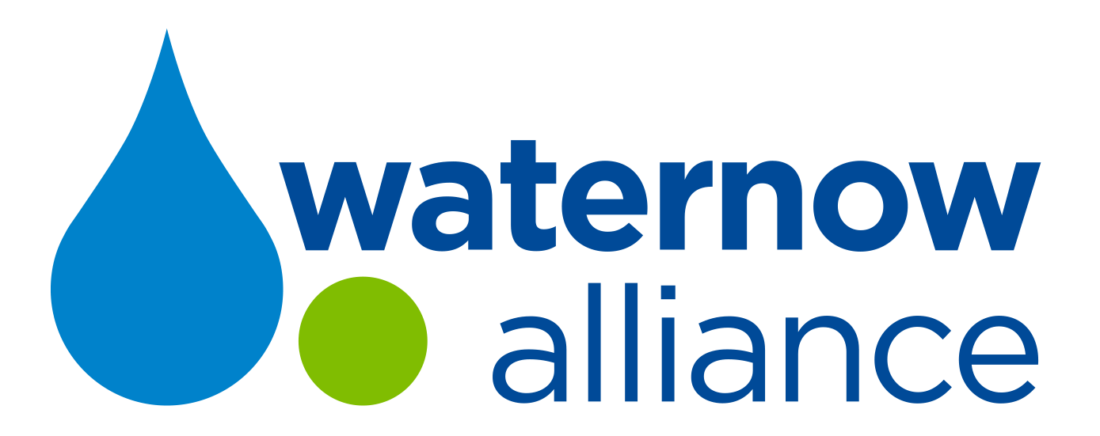Austin, the Texas state capital, covers ~300 square miles of south central Texas and is home to nearly 1 million. Austin’s temperate-to-hot, highly variable climate brings an average of 300 days of sunshine a year. All of Austin’s drinking water is supplied from the Colorado River (the Texas Colorado River), which flows through the city. Austin Water—the city’s public water utility—has been providing water and wastewater services to the local community for over 100 years.
Since as early as 1983, Austin Water has implemented robust and comprehensive water conservation and reuse programs to reduce peak daily demand and keep rates affordable as a reflection of the community’s core value of environmental stewardship. Yet, Austin is still facing several regional water management challenges. Rapid population growth; Austin Water anticipates the city’s population will continue to grow at a rapid pace, with estimates of nearly 1,500,000 residents by 2020 and nearly 2,000,000 by 2040. Susceptibility to drought; during a historic 8-year drought Austin faced near-record-low reservoir levels that prompted emergency responses. And impacts of climate change that will bring longer and deeper droughts, heavy rain events, and increases in temperature to the Austin region; Austin Water expects that these climatological changes will have profound impacts on flood and drought patterns.
Following community input, Austin’s response to these challenges is Austin Water’s 100-year integrated water resources plan, i.e., the Water Forward Plan. The 100-year planning horizon helped the city account for anticipated the impacts of climate change, think about available options in a transformative way, and inspire creative solutions without completely eliminating all management constraints.
The Water Forward Plan includes at least 6 key sustainable water management elements: (1) public and stakeholder engagement; (2) reliance on local water supplies; (3) water demand analysis that incorporates onsite reuse; (4) conservation and efficiency programs; (5) climate-science based planning; and (6) clear performance metrics. Over the 3.5-year planning process, Austin Water received public input from over 80 outreach events, which were key to equitably reflecting the diversity of Austin’s population and Austin Water’s customers. Further, to build out the 100-year plan, Austin Water used several models and multi-criteria decision analyses. These included a “disaggregated demand forecasting model,” which projects demand by sector (e.g., single-family residential, multi-family, and commercial). Using this model helped the planners understand where and how water was being used and how much current and future demand could be met by onsite non-potable sources.
Localized infrastructure also plays a key role in the Water Forward Plan. In particular, community-scale onsite water reuse will come to represent one-third of all additional water supplies that Austin will bring online. This will scale up quickly—by 2040, Austin will produce, capture, and treat 20 times more water from buildings than any other city in the U.S. This will amount to 10 million gallons per day of decentralized non-potable reuse. In addition, the Water Forward Plan identifies expanded conservation and efficiency programs, including advanced metering infrastructure, efficiency requirements for cooling towers, water use benchmarking for buildings of a certain size, and outdoor irrigation efficiency mandates and incentives, as distributed strategies. These expanded strategies build on Austin Water’s historic, award winning conservation programs. Austin Water’s climate change based planning underpinned the critical importance of these onsite reuse and enhanced conservation and efficiency approaches. As the Plan is implemented, Austin Water will use clear performance metrics, such as estimated savings from implemented demand management options (e.g., advanced metering infrastructure and utility-side water loss control) through 2025 and 2040, and estimated yield from implemented supply options (e.g., community-scale distributed wastewater reuse and aquifer storage and recovery) through 2025 and 2040, to track progress and inform future implementation.
Austin Water anticipates that the Water Forward strategies will result in multiple co-benefits, including:
- Increased ability to access all local water sources
- Added supply diversity and resilience
- Offset demand for drinking water with “fit for purpose” approach
- Increased resilience in the face of climate change
- Increased resilience to drought

By diversifying Austin’s water supply and demand management portfolio, the Water Forward Plan increases the City’s ability to maintain a reliable supply for the next century.

From Austin, Texas, to Philadelphia, Pennsylvania, as part of WaterNow’s Tap into Resilience initiative, WaterNow has interviewed over a dozen city and utility leaders already tapping into localized water strategies for fast, affordable, and impactful solutions to their water challenges. More details on Austin Water’s Tap into Resilience case study are available on WaterNow’s campaign website here. And we hope you will join us at our Tap into Resilience Summit in Philadelphia on October 14-15, 2020, to learn more about localized water solutions and connect with other water leaders from across the nation.

